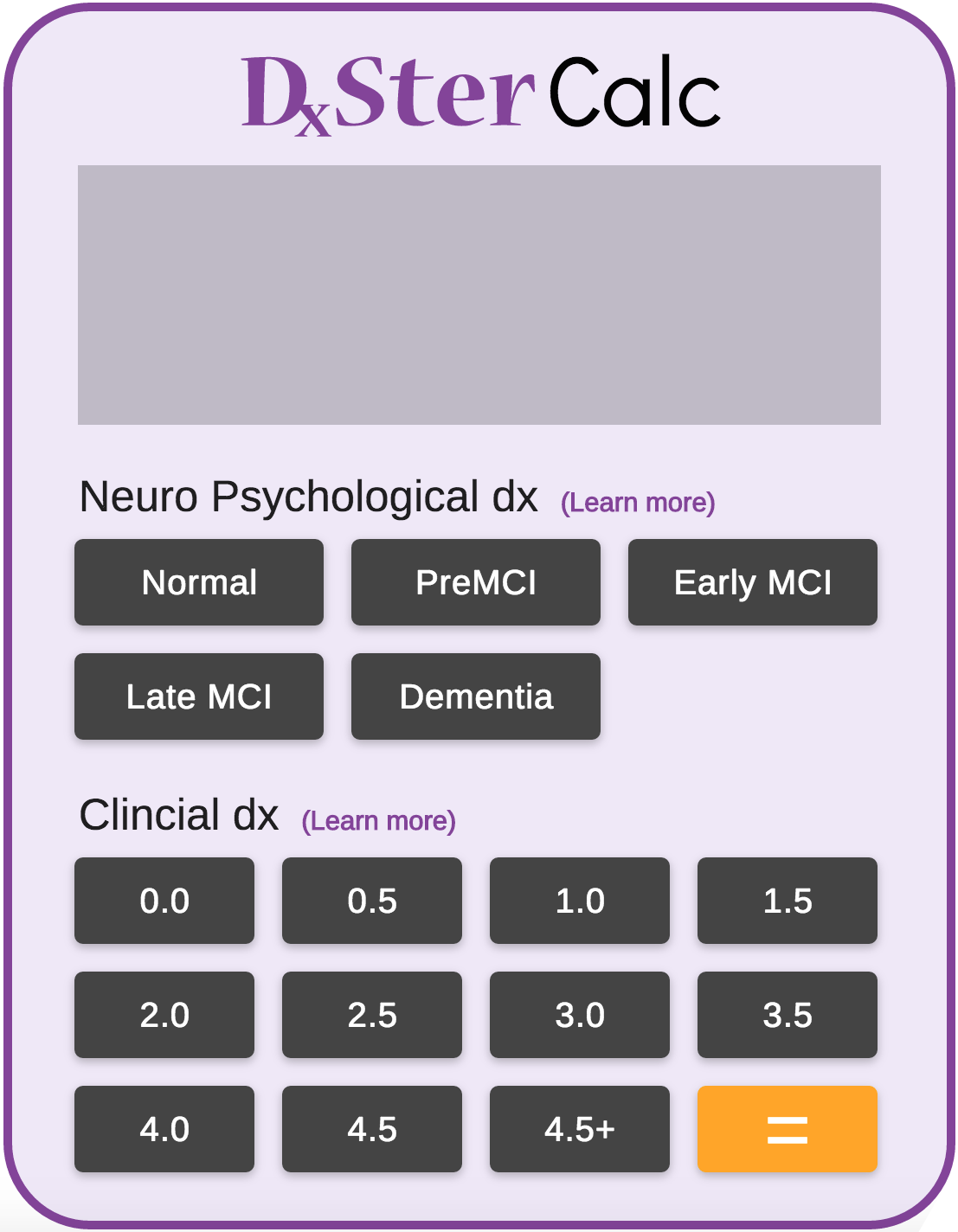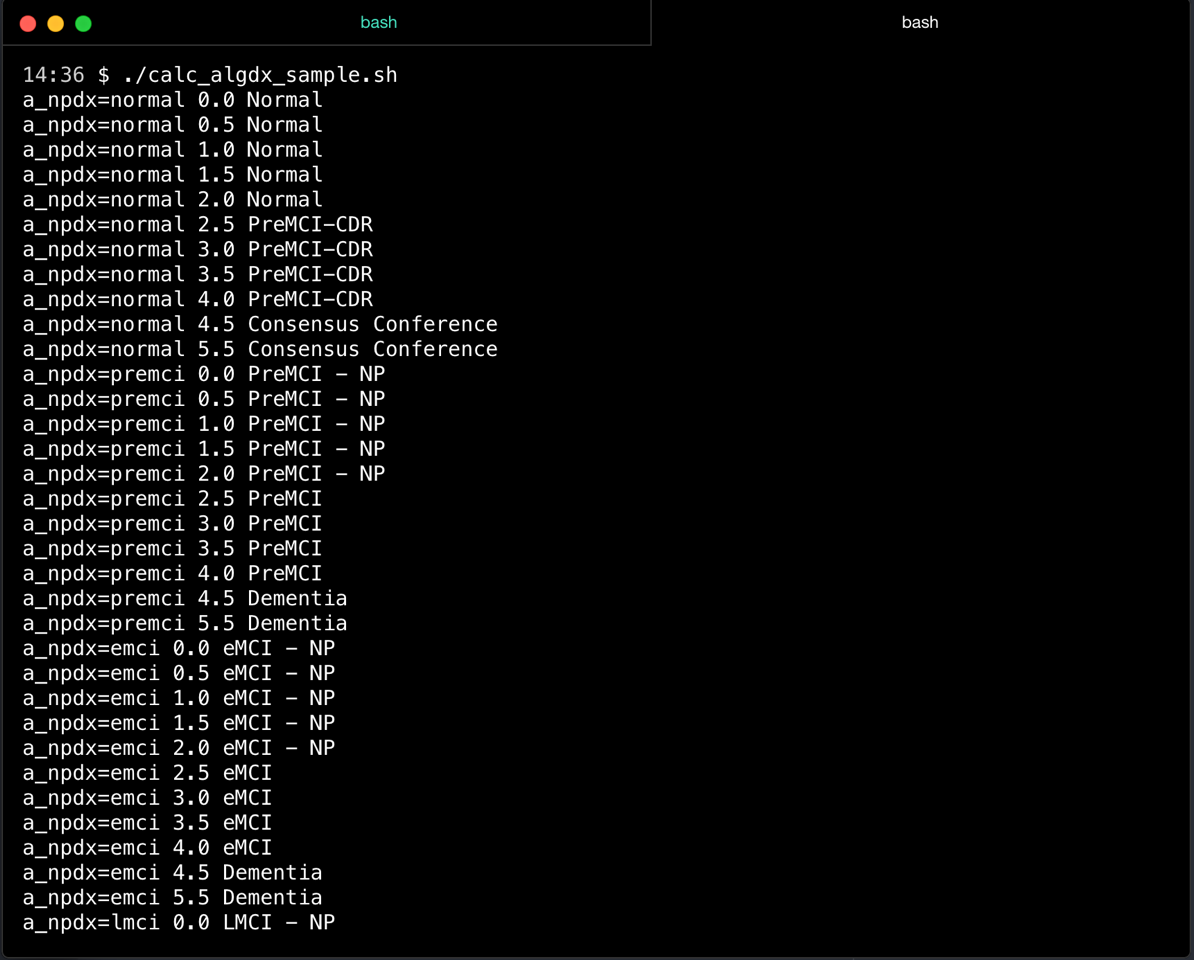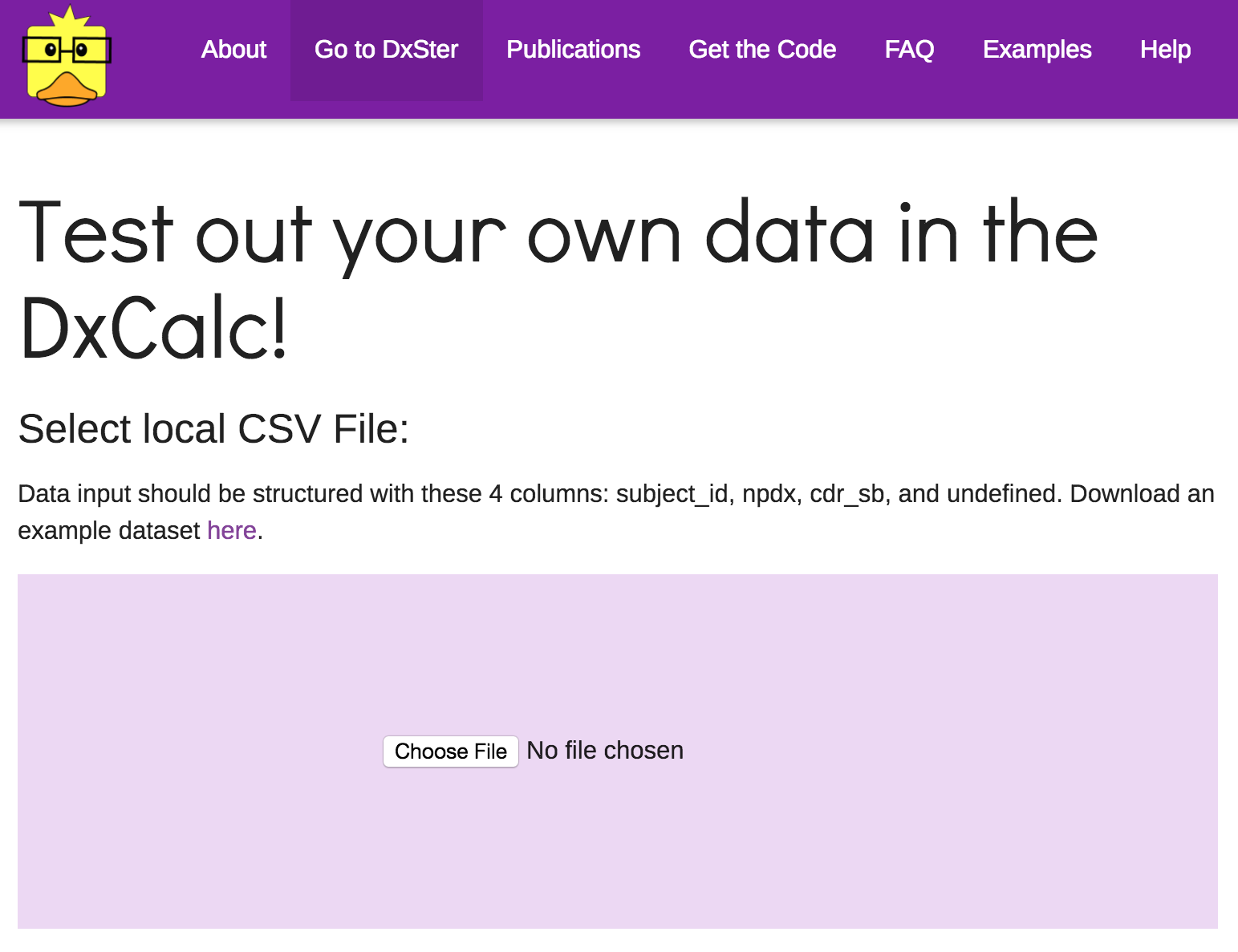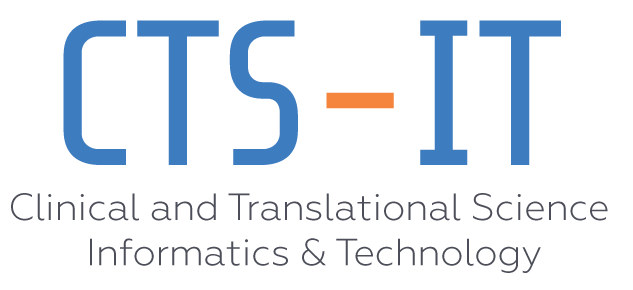How does DxSter work?
When you go to the DxSter tool (found here https://ctsit.github.io/dxster/dxcalc.html), you will be asked to enter your Clinical dx as well as your Neuro Psychological dx. Based on these two variables, the DxCalc will generate an algorithmic diagnosis for the patient.
Where does the ALGDx Algorithm come from?
In 2009 Dr. Ranjan Duara et. al. from Mt. Sinai Medical Center in Miami Florida conducted a study to create an algorithm that could use a combination of the clinical diagnosis and the neuropsychological diagnosis to computationally arrive at a diagnosis with a high degree of accuracy. The traditional consensus diagnosis (ConsDx) of normal cognition, mild cognitive impairment (MCI), and dementia relies on the reconciliation of an informant-based report of cognitive and functional impairment by a physician (PhyDx), and a neuropsychological diagnosis (NPDx). As this procedure may be labor-intensive and influenced by the philosophy and biases of a clinician, the diagnostic algorithm (AlgDx) was developed to identify individuals as cognitively normal, with MCI or dementia.
What variables are used for calculating the diagnosis?
The AlgDx combines the PhyDx with the NPDx, using a computational algorithm that provides cognitive diagnoses, as defined by the National Alzheimer Coordinating Center/Uniform Data Set (NACC/UDS) nomenclature. Reliability of the AlgDx was assessed in 532 community- dwelling elderly subjects by its concordance with the ConsDx, and association with two biomarkers, medial temporal atrophy (MTA) scores of brain MRI scans, and ApoE-ε4 genotype.
What tools were used to create DxSter?
The Algorithmic diagnosis uses a combination of variables to compute the AlgDx. By collaborating with the authors of the algorithm we developed a rules engine that emulates the human interpretation of the physician and neuropsychologist diagnosis. Once the rules engine was developed we utilized the Python programing language to codify the rules engine and DxSter was born.
Can I take DxSter for a test drive?
Yes! The DxSter Alzheimer’s disease Algorithmic Diagnostic Helper is setup as a proof of concept web application and can be found at https://ctsit.github.io/dxster/dxcalc.html.
How do I get DxSter?
The code base is open source can be found at https://github.com/ctsit/dxster.
How do I use DxSter?
To use DxSter you will need to download the libraries and integrate them into your own tools. You will need to include Algorithmic diagnosis in your own data sets.





